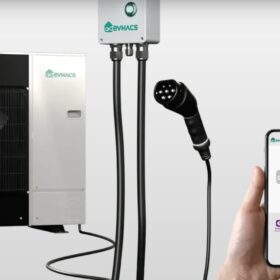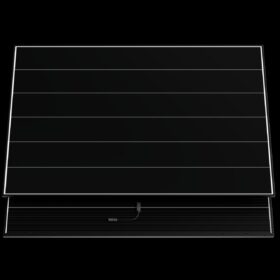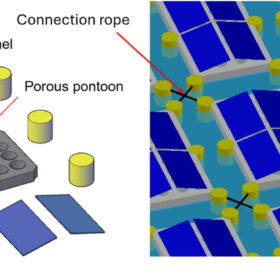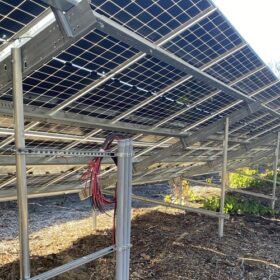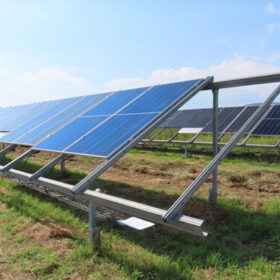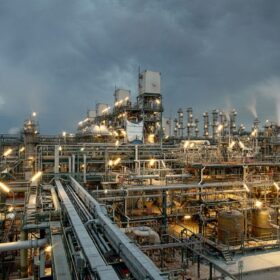Mitsubishi, Evhacs launch world’s first integrated heat pump, EV charger
The integrated system is claimed to efficiently provide dynamic load balancing, while supporting demand-side management and future smart grid applications. The heat pump technology comes from Mitsubishi’s Ecodan, Mr. Slim, and M heat pump series, which Evhacs modified for integration with the EV charger.
JinkoSolar presents 475 W TOPCon dual-glass solar panel with 23.77% efficiency
The Chinese manufacturer said its new IEC 61215-certified rooftop PV module relies on a 30 mm aluminum frame and dual-glass construction that reportedly help it withstand extreme snow loads and wind pressure.
Aiko offers 500 W all-back contact solar modules for C&I applications
The Chinese manufacturer has upgraded its Infinite ABC solar module series with four new product versions. It claims the new modules are the world’s first 500 W panels measuring less than 2 m2.
Using Sudoku to improve power yield in PV systems under partial shading
Indian researchers have developed a Sudoku-based technique to reduce power losses in PV systems operating under partial shading. They claim the method increases energy efficiency and revenue generation more than conventional reconfiguration techniques.
‘Soft-connected’ floating PV for offshore scenarios
An international research team has tested a floating PV system with a “soft-connected” configuration under offshore conditions, using six modular pontoons linked by elastic bar elements to simulate mooring lines and connection ropes.
Parameter analysis of 842 bifacial solar modules from 236 manufacturers
An international research team has conducted an extensive overview of bifacial solar modules from 39 countries. Their analysis took into account the best of the median values indicated in the product specifications and found that heterojunction and back-contact panels provide the best parameters.
Combined indoor, outdoor testing shows sensitivity to moisture in TOPCon PV modules
Researchers at the Fraunhofer ISE have combined indoor and outdoor testing to understand and quantify degradation processes in TOPCon solar panels. The novel methodology is intended to provide data for validating and improving stress laboratory protocols.
Construction begins on 10,000 MT polysilicon factory in Malaysia
Japanese chemical company Tokuyama Corporation and South Korea-based polysilicon producer OCI have begun construction of a 10,000 metric tons polysilicon factory in Malaysia.
US launches national security probe into polysilicon imports
The US Department of Commerce (DoC) says it will investigate the potential for export restrictions by foreign countries, as well as their ability to “weaponize” their control over supplies of polysilicon.
Four-year outdoor testing shows perovskite cells suffer from high seasonality
Testing conducted by the Helmholtz-Zentrum Berlin in Germany has shown that perovskite solar cells operating at high latitudes in Europe may suffer from higher performance losses in winter compared to conventional PV devices. The scientists warned, however, that at lower latitudes this seasonality may be less pronounced.

